Yasmin Benoit: ‘Within the LGBTQ+ community, there’s a lack of understanding about asexuality’
Exclusive: "While most people might be aware that asexuality exists, few take the time to understand our specific struggles," the asexual activist says in this opinion piece to mark Ace Week
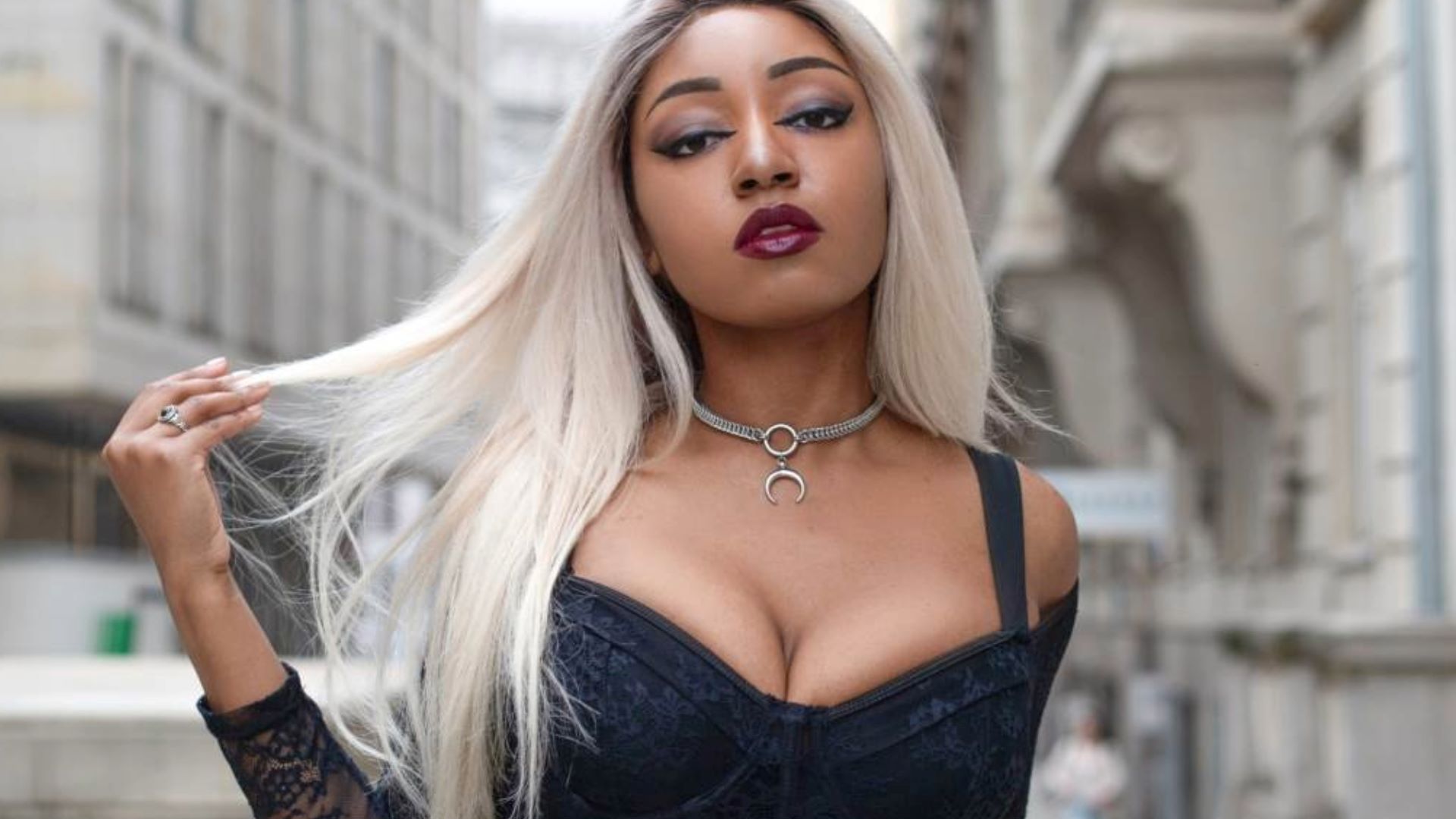
Ace Week, held this year between October 20-26, highlights the asexual community and serves as a reminder of the unique challenges asexual people face—challenges that are often overlooked, even within LGBTQ+ spaces.
Yasmin Benoit, a model and prominent asexual activist, has dedicated her career to advocating for the visibility and recognition of asexual and aromantic identities.
In this opinion piece, she reflects on her experiences and emphasises the ongoing need for greater understanding and inclusion of asexual people.
As we mark Ace Week, it’s important to reflect on the unique challenges asexual people face—challenges that often go unnoticed. One of the biggest issues we encounter is how our orientation is still misunderstood and pathologised. In the medical world, asexuality is often classified as a disorder, labelled ‘hypoactive sexual desire disorder’ in the International Classification of Diseases. This means that if we don’t experience sexual attraction, doctors are more likely to view it as a medical problem rather than as a legitimate orientation.
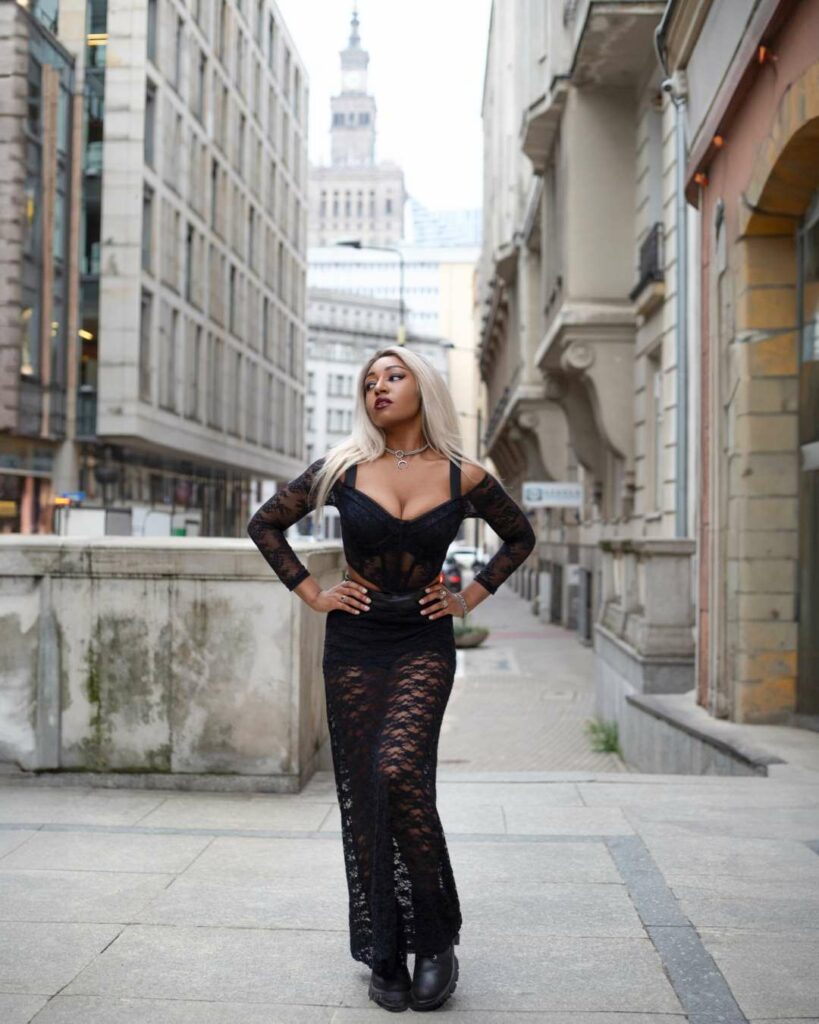
This misunderstanding leads to more serious consequences, including an increased likelihood of being subjected to conversion therapy. A UK government report found that asexual people are 10% more likely to be offered or undergo conversion therapy than other LGBTQ+ individuals. We already know how damaging this practice is, but for asexual people, who often face fewer legal protections, the risks are even greater.
“Asexuality is often sidelined in these conversations”
When I started advocating for asexual visibility in 2018, asexual conversion therapy wasn’t widely discussed outside of the ace community. That’s why I worked with Stonewall on the Ace in the UK report, which has helped us raise this issue with politicians and healthcare providers. Now, as the UK reconsiders banning so-called conversion therapy, it’s crucial that asexual people are included in these protections.
However, the problem extends beyond legislation. Within the LGBTQ+ community, there’s still a lack of understanding about what it means to be asexual. While most people might be aware that asexuality exists, few take the time to understand our specific struggles. The challenges we face—such as acephobia, harassment, and exclusion from IVF access—are queer issues, but asexuality is often sidelined in these conversations. We need more intersectional and inclusive advocacy within the community.
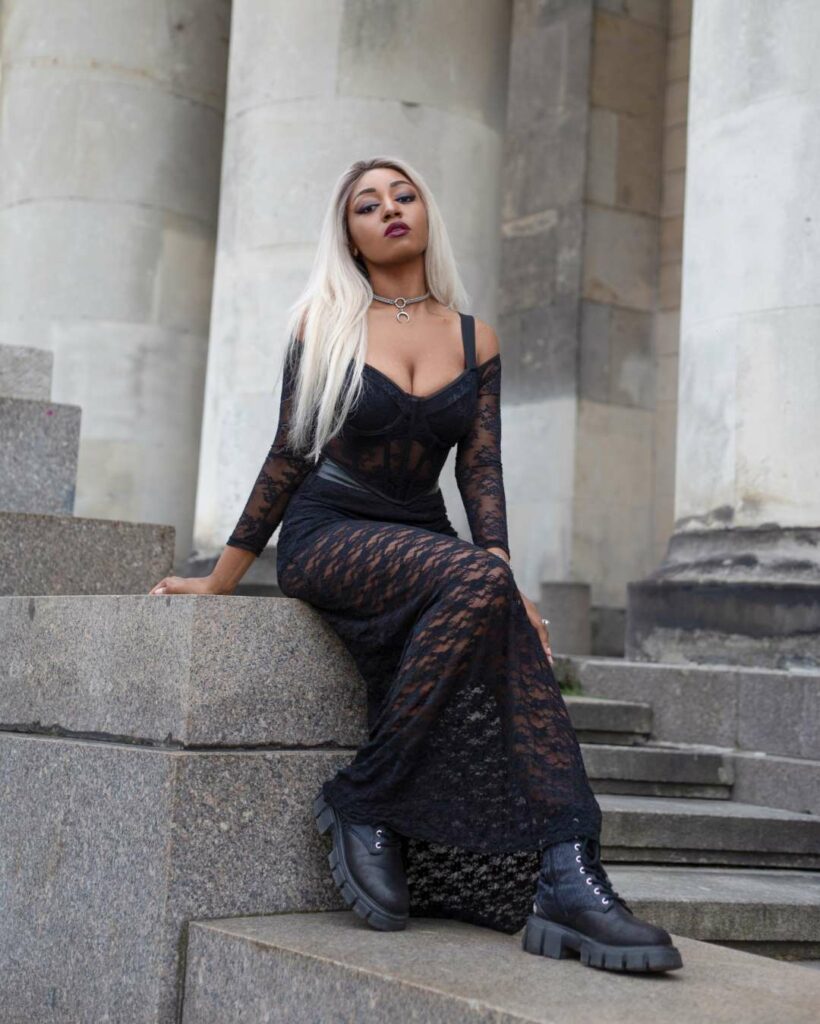
For me, as a Black asexual woman, these challenges are compounded by race and gender. From the outset of my activism, I noticed that I was treated differently compared to white asexual advocates. Black women are often hypersexualised, which leads to disbelief or even hostility when I speak about being asexual. Even within the asexual community, I’ve faced resistance, as I don’t fit the narrow stereotypes of what an asexual person “should” look like.
“We need more diverse and nuanced portrayals of asexuality”
That’s why representation matters. The portrayal of Isaac, an asexual character in Heartstopper, was a positive step, but we need more diverse and nuanced portrayals of asexuality. Isaac’s story was relatable to some extent, but it fits a more palatable version of asexuality. I hope future portrayals will reflect the diversity within the ace community and move beyond these narrow narratives.
In my own activism, particularly through my work in fashion, I’ve tried to challenge stereotypes about how asexual people should present themselves. I launched the #ThisIsWhatAsexualLooksLike campaign to counter the narrative that there’s a “right” way to look asexual. The campaign was about showing the diversity of the ace community and allowing us to represent ourselves on our own terms.
“Every time I lead or march at Pride, I’m met with a flood of abusive comments online”
Each year at Pride, I see more asexual flags, which is encouraging, but I also face backlash. Every time I lead or march at Pride, I’m met with a flood of abusive comments online, with people accusing me of “ruining” Pride by being there. Despite this, I remain committed to making space for asexual people at Pride and in the LGBTQ+ community.
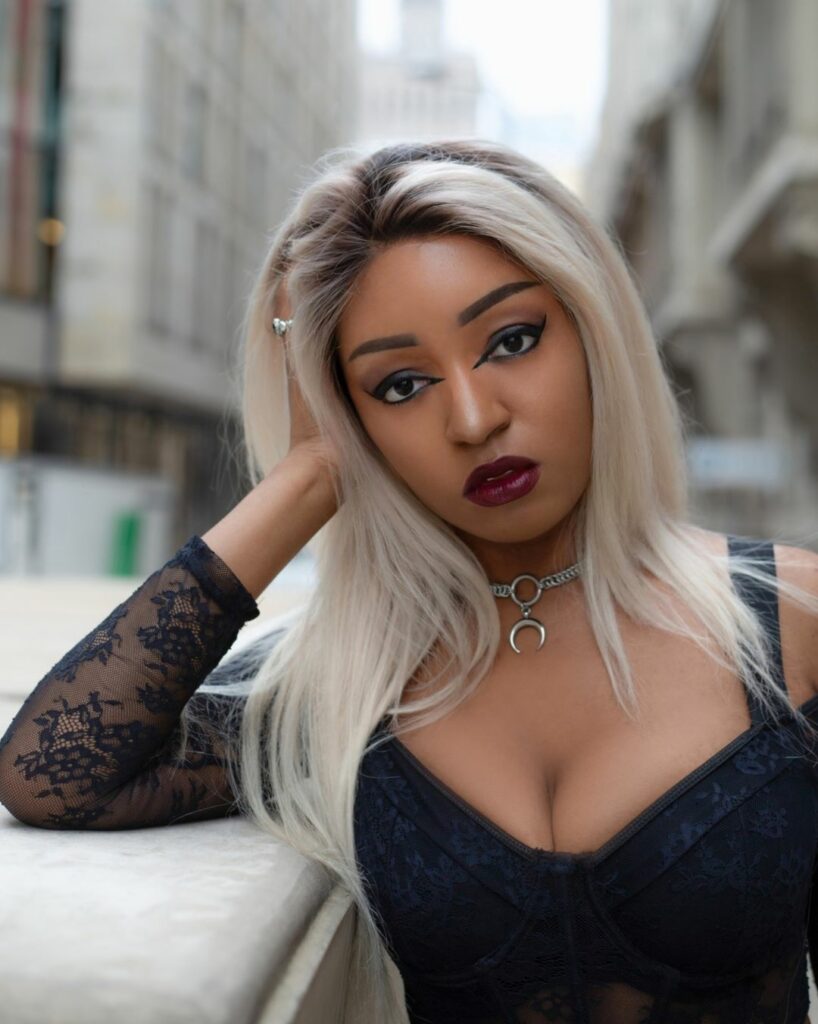
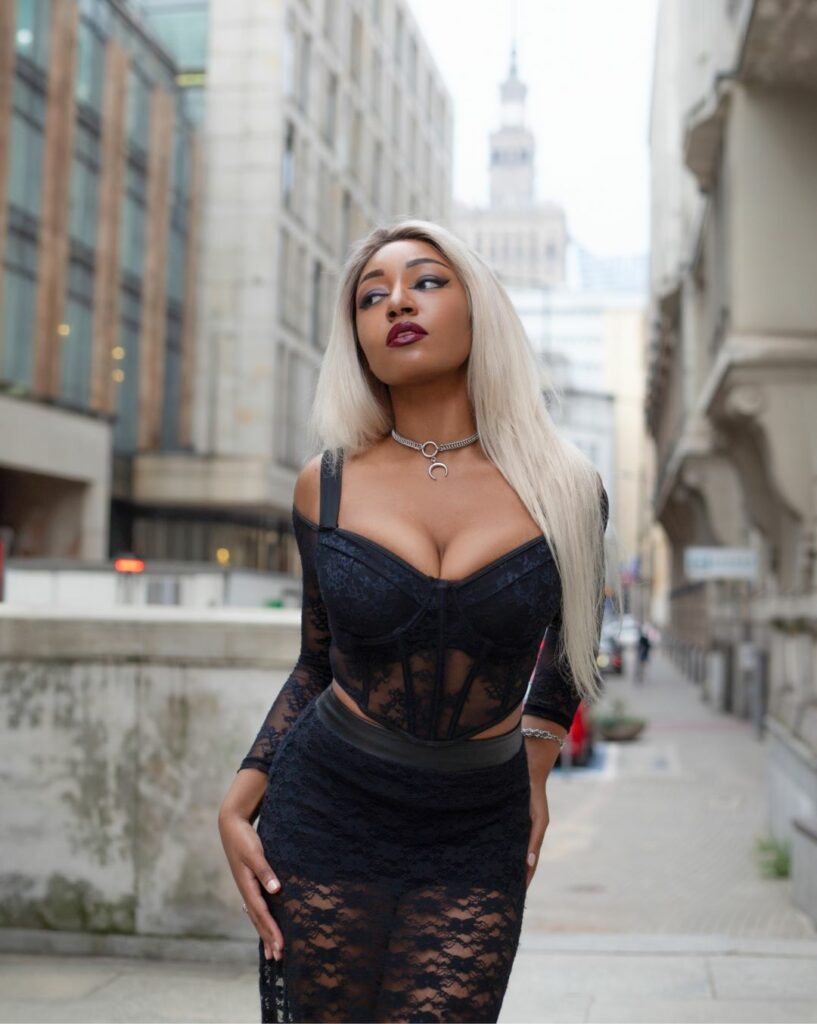
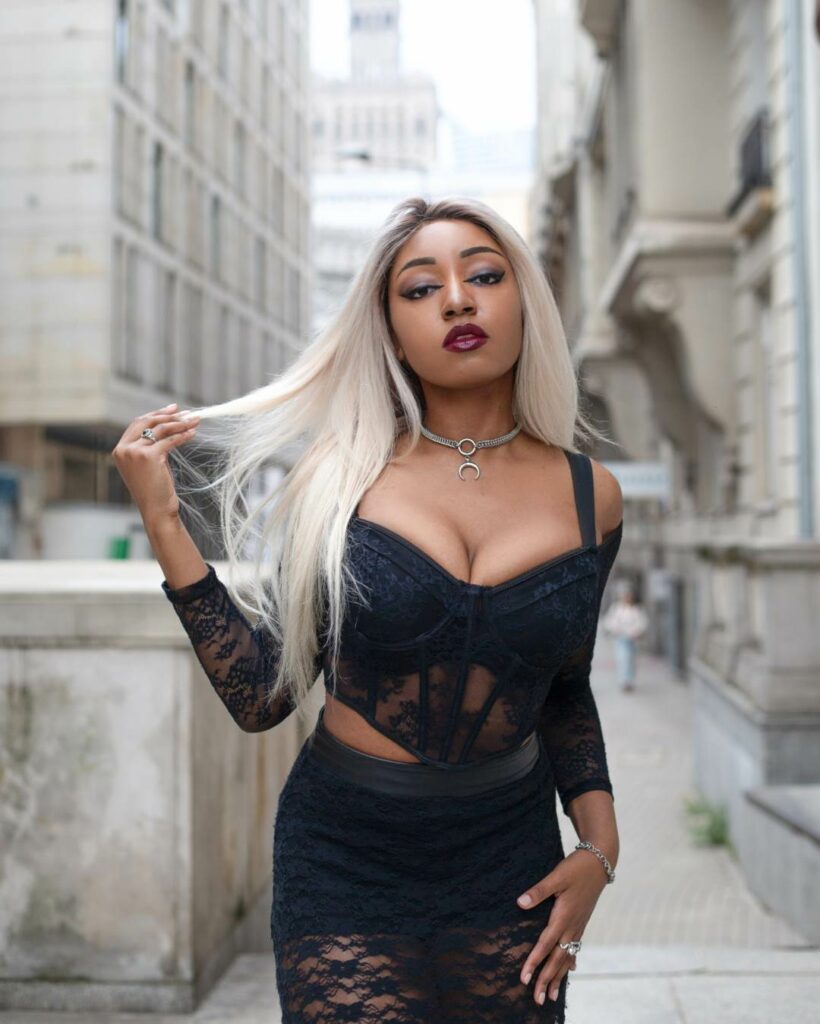
To asexual individuals who still feel excluded from LGBTQ+ spaces, I want to say: we belong here. Our place in the community is not new, and our visibility is essential. Pride organisers can do more to ensure asexual people feel welcome—whether by waving ace flags, acknowledging asexual culture, or creating spaces that aren’t focused around sexual activity. Inclusivity means everyone should feel like they belong—and that includes us.
Yasmin Benoit is a British model, multi-award-winning asexual activist, writer, speaker, media consultant and researcher.
